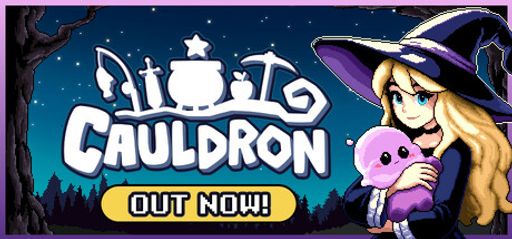If you’ve been craving a casual RPG that feels both cozy and clever, Cauldron might be your next go-to. Developed by the charmingly named SleepyDad Games, this indie gem invites players into a whimsical world filled with quirky characters, layered mechanics, and just enough strategy to keep things interesting. From the moment I launched the game, I could tell it wasn’t trying to be an epic blockbuster. Instead, Cauldron embraces its warmth and simplicity—offering players a relaxing escape wrapped in delightful detail.
Overall Impressions
Going into Cauldron, I expected a laid-back turn-based RPG—and for the most part, that’s exactly what I got. But what truly caught me off guard was the forest of upgrade trees. Seriously, I’ve never seen so many branching paths in one game. That might sound overwhelming at first, but somehow, it felt meditative. If your favorite plant is an upgrade tree, you’re in for a treat.
What’s more, the game’s pacing is refreshingly balanced. You alternate between quick minigames, collecting resources, and jumping into classic RPG combat. This engaging loop kept me wondering what would come next. Unlike heavier turn-based titles, Cauldron doesn’t try to deliver sweeping drama. Instead, it offers a cozy rhythm of charming tasks and thoughtful progression.
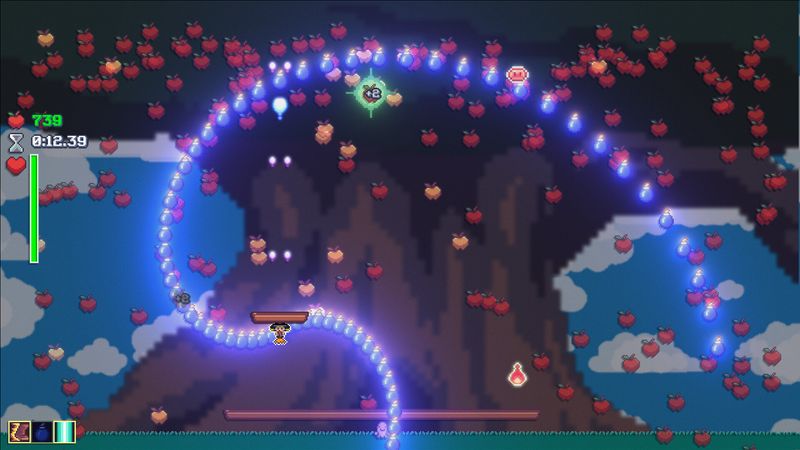
Gameplay Mechanics
At the heart of Cauldron lies a gameplay loop that cleverly blends bite-sized minigames with turn-based battles. Personally, I found this structure incredibly rewarding. Each minigame nets you resources to upgrade your party, and those buffs directly impact your performance in combat. This constant sense of growth is satisfying without ever feeling grindy—at least early on.
Take the orchard minigame, for example. Harvesting apples with a dart-and-collect mechanic was unexpectedly fun. However, not every minigame stuck the landing. The fishing game, in particular, wore thin after a while. It dragged on, turning into a thirty-minute time sink just to boost a score. Based on other player reviews, an upgrade to speed up depth changes or rebalance costs would be a welcome improvement.
Another thoughtful feature is the phasing system, which fades out irrelevant scenery during battles. While I appreciated the clarity, I know plenty of players who’d prefer the visual chaos of every leaf and critter. A toggle option would easily satisfy both camps.
Meanwhile, the ice minigame felt undercooked in its early stages. I skipped it until my AFK gains made it worth the effort. Also worth noting: the Apple minigame’s keyboard controls could use refinement. Alternate keybind options would help improve accessibility across platforms.

Story and Characters
In terms of narrative, Cauldron keeps things breezy. There’s no heavy-handed plot here—just glimpses of village life told through short dialogues and charming flavor text. Yet somehow, it works. The characters shine through their upgrade trees and combat abilities.
One standout for me was Nyx, a status-effect specialist with a move that applies three out of four ailments. She became a staple in nearly every fight. That said, the elemental system has its flaws. Some enemies are immune to specific types, which forces party swaps. I’d rather see high resistance instead of full immunity. It would allow more flexibility and foster creative builds.
Behind the scenes, it’s clear that SleepyDad Games poured heart into each character. The developer blog shares that the project began as a nighttime passion after bedtime routines—a wholesome origin that perfectly mirrors the game’s vibe.
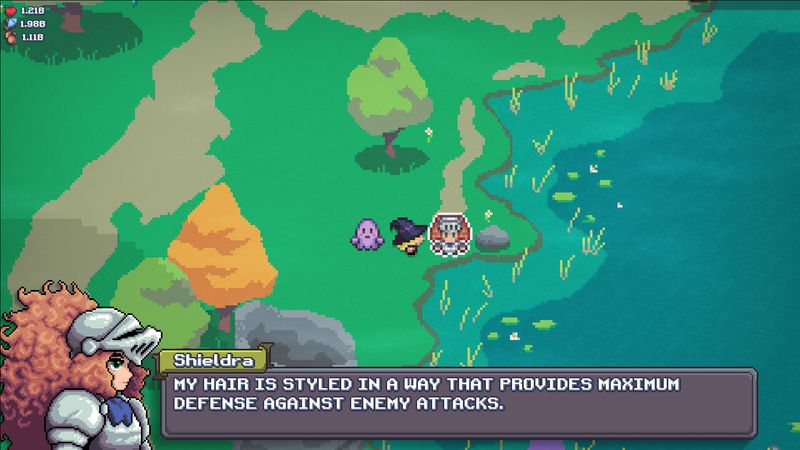
Visuals and Graphics
Visually, Cauldron is a delight. The hand-drawn art style and pastel palette create a cozy, almost storybook feel. Every sprite looks lovingly crafted, like it came off watercolor paper. I especially loved the soft particle effects that sparkle when collecting resources. These tiny visual flourishes add an extra dash of magic to every moment.
The UI is generally clean and intuitive, although I would love more control over visual phasing. For exploration fans like me, toggling between “minimal clutter” and “see every path” would be fantastic. Still, from start to finish, the visuals deliver that coveted cottage-core aesthetic. Playing this game feels like sipping hot tea beside a pixel fireplace.
Sound and Music
The soundtrack is just as cozy as the art style. Gentle piano melodies and subdued percussion drift through the background without stealing the spotlight. Sound effects are playful and rewarding—each pop and chime accentuating your progress.
Battle tracks add just enough energy to raise the stakes without becoming too intense. Even without voice acting, the dialogue feels warm and alive. A fun detail: each upgrade tree comes with its own jingle, turning every enhancement into a mini celebration. That kind of polish adds real charm.
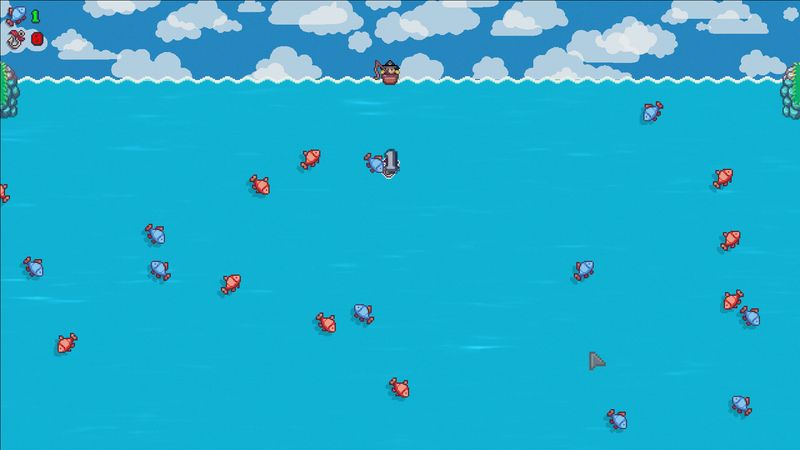
Difficulty and Replayability
Cauldron strikes a pleasant balance between relaxation and challenge. Early battles let you learn the ropes with low risk. As you progress, encounters grow more tactical, rewarding clever buffs and team synergy.
I often replayed shrines and minigames just to power up my party for the next big fight. Depending on your mood, this grind can feel either rewarding or a little repetitive. However, the structure clearly encourages experimentation. Trying out different hero combinations and upgrade paths gives the game surprising replay value.
A few player reviews mention a “bait-and-switch” moment—just when you think you’ve reached the end, the map expands. It’s a clever twist that left me grinning. I predict many players will happily dive back in just to see what other surprises await.
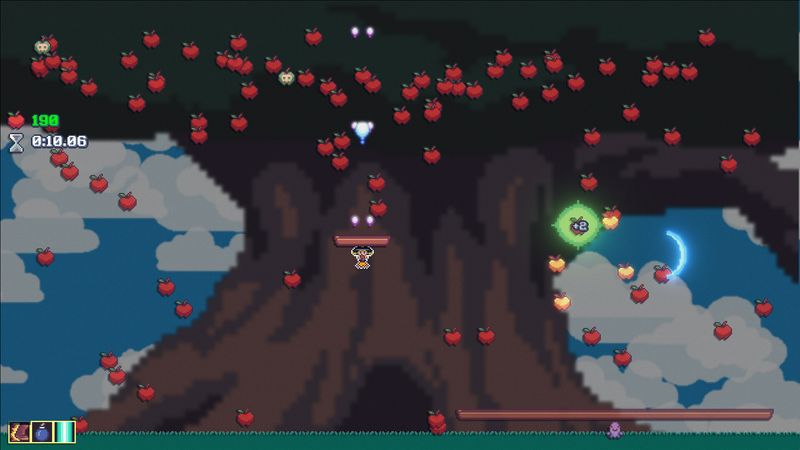
Trivia and Behind the Scenes
This charming title began as a solo developer’s heartfelt indie project. Juggling family life and late-night coding, SleepyDad Games nurtured Cauldron into something special. According to the developer blog, the game’s signature upgrade system was inspired by an earlier gardening simulator concept. In that prototype, players unlocked skills by growing trees—an idea that still blooms in today’s gameplay.
Even better, fans won’t have to wait long for more content. A free DLC is scheduled for summer 2025 via Caketown Interactive, promising two new minigames and a story-rich side quest. If you love following the creative evolution of cozy games, this is one dev to watch.
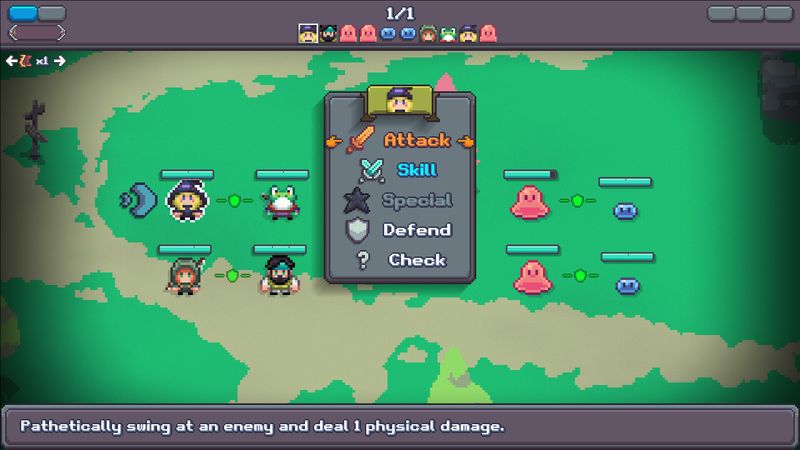
Final Thoughts
Cauldron charmed me with its gentle tone, imaginative mechanics, and surprisingly deep upgrade systems. While a few minigames need tweaking—and I’d appreciate some quality-of-life toggles—the experience overall is warm, thoughtful, and easy to fall into. It’s the kind of game you curl up with on a rainy afternoon.
If you love cozy RPGs with low-stress loops and delightful customization, Cauldron deserves a spot in your Steam collection. I’m already looking forward to seeing how the upcoming DLC helps this magical little world continue to grow.
Rating: 4 out of 5 stars

